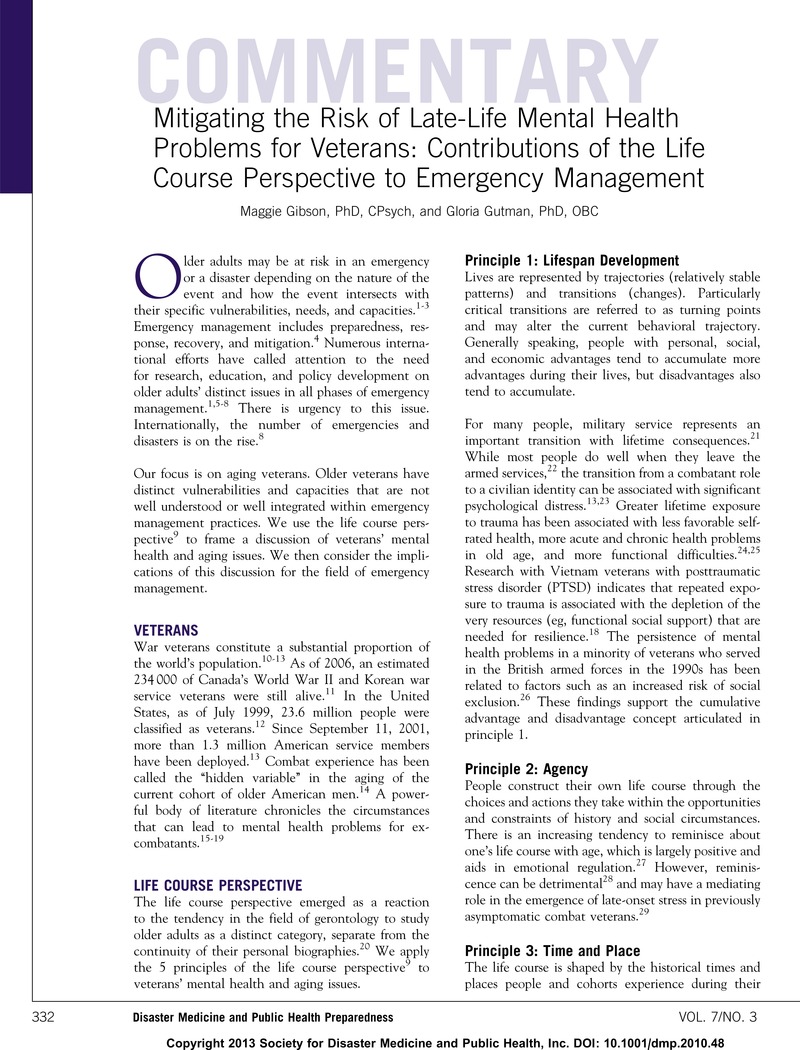Crossref Citations
This article has been cited by the following publications. This list is generated based on data provided by Crossref.
Lebowitz, Adam
Tsai, Athena Yi-jung
Forester, Brent P.
Tomita, Hiroaki
Shigemura, Jun
and
Takahashi, Yoshitomo
2015.
Possibilities for a Composite Approach: Summary of the Disaster Gerontology Panel at the International College of Geriatric Psychoneuropharmacology Annual Meeting (ICGP-2014).
Disaster Medicine and Public Health Preparedness,
Vol. 9,
Issue. 5,
p.
478.



